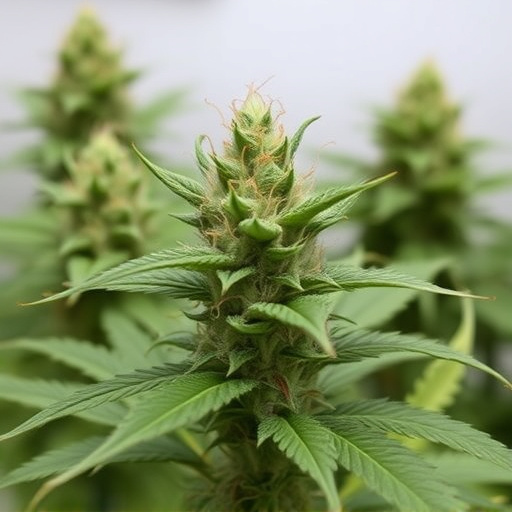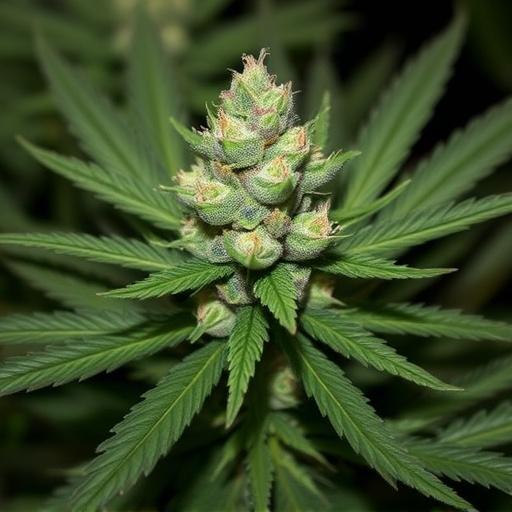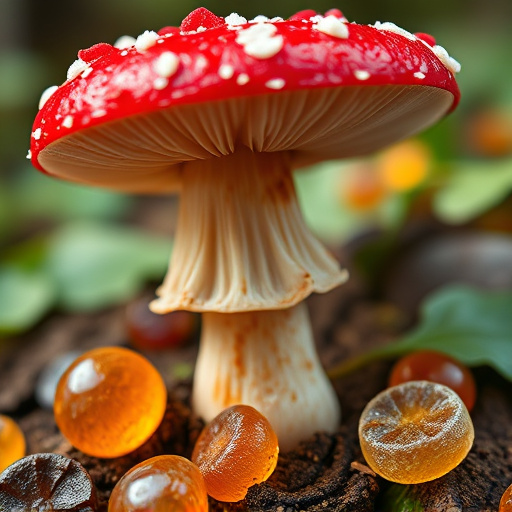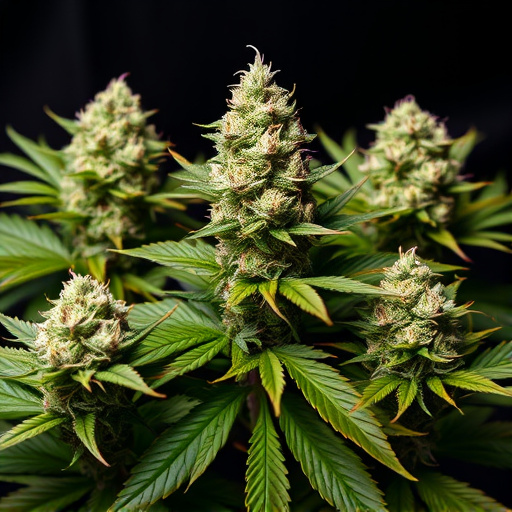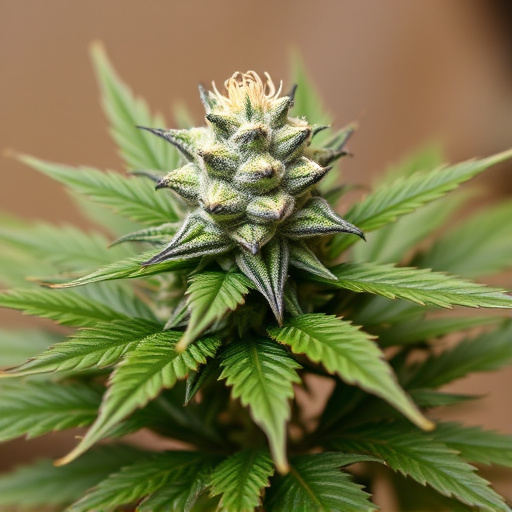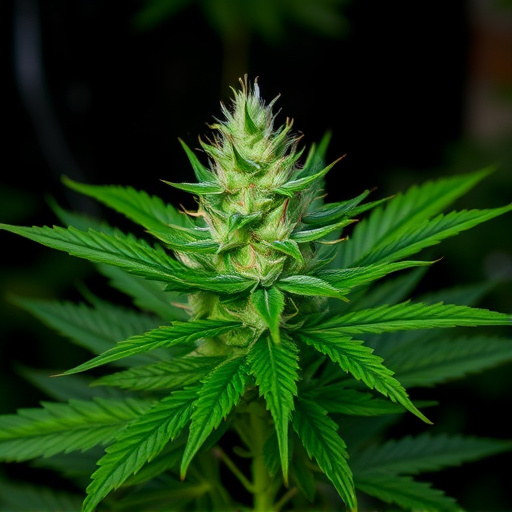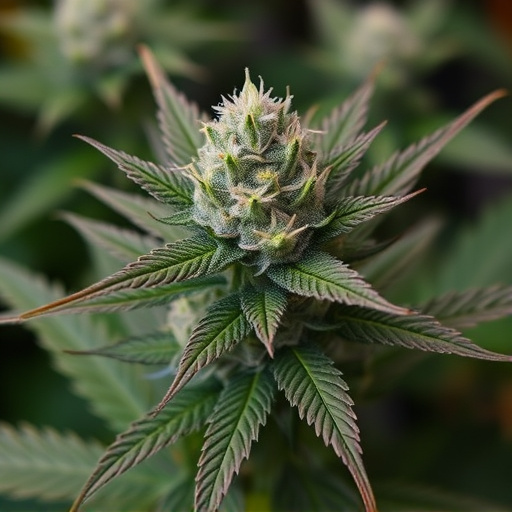Terpenes, aromatic molecules in cannabis, significantly impact the scent, flavor, and effects of different strains, including low odor varieties. These compounds interact with cannabinoids like THC and CBD, influencing their interaction with our bodies. Understanding terpene profiles in low odor strains can help consumers customize their cannabis experience, as specific terpenes like linalool, myrcene, and caryophyllene offer unique sensory and therapeutic benefits while reducing odoric intensity.
Terpenes, the aromatic compounds in cannabis, play a crucial role in shaping the plant’s unique effects. This article explores how these elusive molecules interact with cannabinoids, modulating the experience from invigorating to calming. We delve into the science behind terpenes, their diverse profiles, and the growing interest in low odor cannabis strains, offering insights that cater to consumers seeking tailored experiences.
- Understanding Terpenes: The Aromatic Compounds in Cannabis
- The Role of Terpenes in Modulating Cannabis Effects
- Low Odor Cannabis Strains: Uncovering the Impact of Terpene Profiles
Understanding Terpenes: The Aromatic Compounds in Cannabis

Terpenes, often referred to as aromatic compounds, are a diverse group of chemicals naturally present in many plants, including cannabis. These organic volatiles play a significant role in giving cannabis its distinctive aroma and flavor profiles. Beyond their sensory contributions, terpenes have been shown to interact with the cannabinoids in cannabis, modulating and enhancing their effects on the body and mind. This interaction is what makes different cannabis strains produce varying experiences, from uplifting and energetic to calming and relaxing.
In the context of low odor cannabis strains, understanding terpenes becomes crucial. Many high-odor strains are known for their potent effects but may lack subtlety in aroma due to the dominance of specific terpenes. On the other hand, low odor strains often have a more nuanced terpene profile, offering subtle yet complex aromas and potentially delivering unique therapeutic benefits without the overwhelming scent.
The Role of Terpenes in Modulating Cannabis Effects
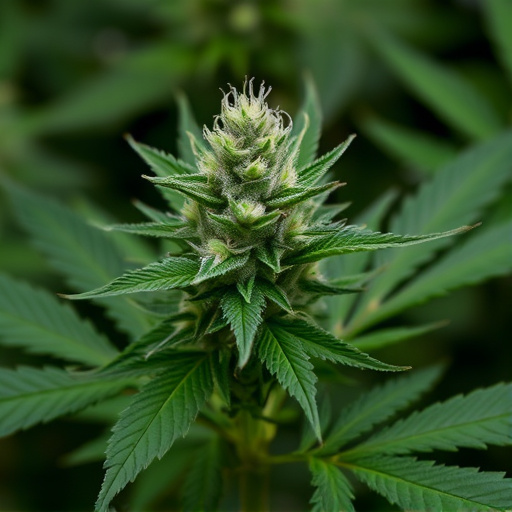
Terpenes, often referred to as the “aromatic molecules” of plants, play a significant role in modulating the effects of cannabis. These volatile compounds are responsible for the unique scents and flavors associated with different cannabis strains. Beyond their contribution to the sensory experience, terpenes interact with the plant’s cannabinoids, such as THC and CBD, influencing how these substances interact with our bodies and minds. This interaction is what leads to the varied effects people experience when consuming cannabis.
In the context of low odor cannabis strains, often sought after by those who prefer subtler aromas without overwhelming scents, terpenes still play a critical role. While the absence of strong odors doesn’t necessarily equate to less potent effects, specific terpenes can contribute to the overall experience. For instance, strains with lower levels of myrcene, known for its earthy and musky notes, may produce different sensations compared to those with higher concentrations. Understanding this interplay between terpenes and cannabinoids is crucial for consumers looking to tailor their cannabis experience to their preferences.
Low Odor Cannabis Strains: Uncovering the Impact of Terpene Profiles
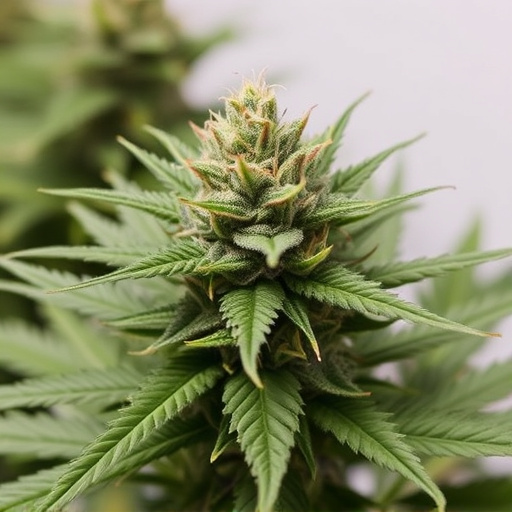
Low odor cannabis strains have gained popularity among consumers seeking discreet and subtle effects. These varieties often possess unique terpene profiles, which play a significant role in shaping the plant’s aroma and potential therapeutic benefits. Terpenes are aromatic compounds naturally found in cannabis, contributing to the diverse range of scents and flavors we associate with different strains. By examining the specific terpenes present in low odor strains, researchers can uncover their impact on the overall cannabis experience.
Some terpenes known for their ability to reduce odoric intensity include linalool, myrcene, and caryophyllene. Linalool, often linked to lavender, is celebrated for its calming effects and is prevalent in many hybrid strains. Myrcene, with its earthy and fruity notes, has been studied for its potential anti-inflammatory properties. Caryophyllene, reminiscent of black pepper, is known to interact with the endocannabinoid system, offering potential therapeutic advantages. Understanding these terpene-effect relationships allows cannabis users to make informed choices, especially when seeking low odor strains that still deliver desirable physiological and sensory experiences.
Terpenes, the aromatic compounds in cannabis, play a pivotal role in modulating the plant’s effects. Understanding their diverse profiles, particularly in low odor cannabis strains, offers valuable insights into tailoring cannabis experiences to individual preferences and needs. By considering terpene compositions, consumers can make informed choices, ensuring a more personalized and enjoyable journey through the world of cannabis.

